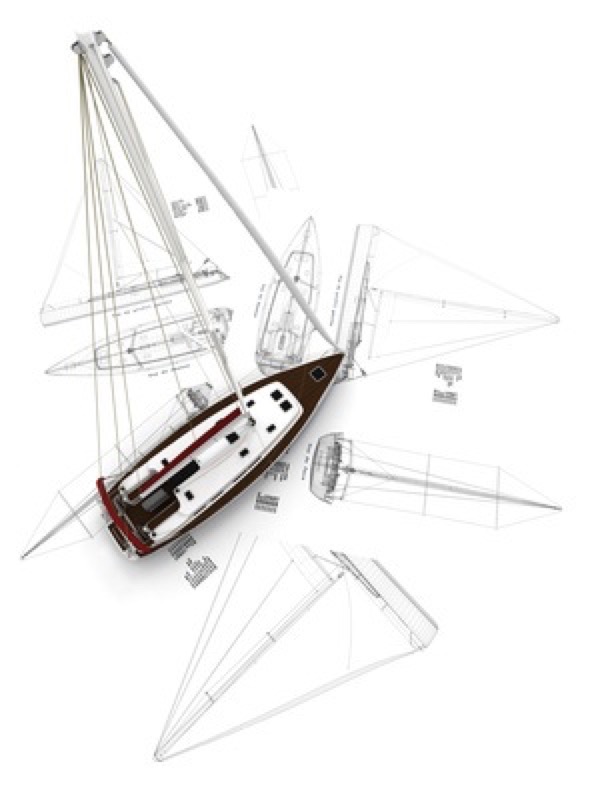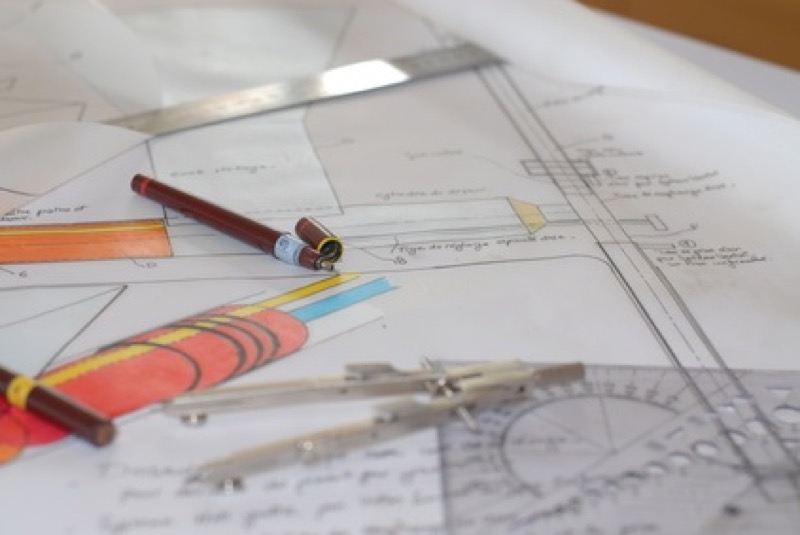What do the instructions for assembling modular furniture and for race car engine color and 3 dimensional modeling have in common? Both make use of technical drawing!

1. Respecting the objective
Unlike photographs, technical drawings have a precise function. You can categorize them into 4 families.
- Structural diagrams: based on clean, monochromatic lines, often captioned, they show the articulation of the different components.
- Functional diagrams use arrows to highlight how certain pieces move. They are usually very realistic and done in color.
- How to use diagrams often include a human hand, simulating handling. From graphite sketches to actual comics, anything is possible… provided it serves the purpose!
- Motion diagrams show the trajectory of an element (air in a vacuum cleaner, for example). They make no artistic pretension and are generally drawn as lines accompanied by colored arrows (blue for cold air and red for hot).

2. a ri-go-rous exercise!
Technical drawing comes as close as possible to reality. Its foremost quality is precision, particularly if leading up to production. Therefore, proportions must be exact, perspectives fluid and the message readable by anyone!
Zoom: Conventional coding
Technical sketches are based on a series of standardized conventions, comprehensible to anyone, even when not accompanied by ideograms… Thus, a continuous, strong stroke indicates visible contours, regular dots convey hidden edges, alternating strokes and dots symbolize a symmetry axis, etc.

3. Full-fledged graphic art…
Technical drawing is not limited to the austere reproduction of mechanical items. You can find it in any manufacturing sector, for internal use or targeted at the public. To stress the ergonomics or modularity of particular pieces of equipment, designers also use color, in various media: pastel, watercolor… So go ahead and make use of them in your own creations!
…For an ultra realistic rendering
Unlike advertising illustrations, the subject is self-sufficient and almost never placed in a setting. Although "barebones," every subject you model requires shading work to make it consistent. Otherwise, your object will look like it is floating in a functionless void.
Recommended product:
Sketching Tracing Paper
